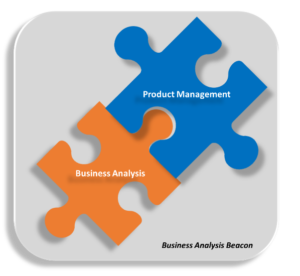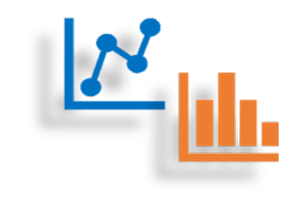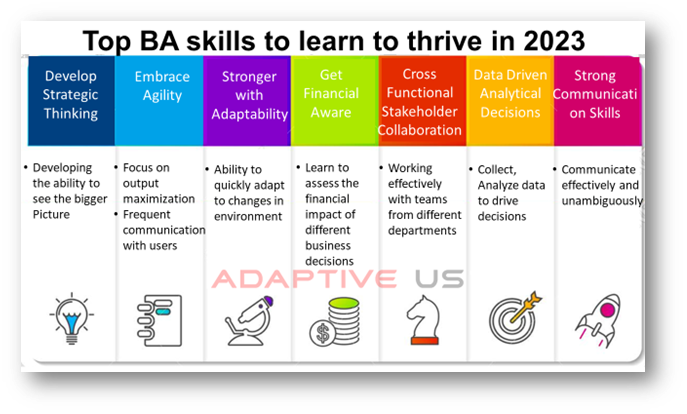Building a House: Analogy for the Business Analysis Role
Two years ago, my friend asked me what my job role was, and I said that I was a business analyst in Information Technology (IT). However, after all this time, she still doesn’t understand what my job entails. To assist friends of other business analysts around the world, I have written this article to explain what we do. I can’t wait until she reads my article!
Let us propose a world where business analysts are architects, the developers are builders, the inspector is the quality assurance team, and our software client would like to build a house.
Usually, the builders would start building the lounge. This sounds good because they are off to a flying start and the walls are going up, but the builders do not know how many bedrooms the house will need, where the best location for the bedrooms is, or even why they are building the building at all. The kitchen might even end up with four sinks and no oven, or the kitchen might not even exist. Finding out that this is not what the customer wanted when the house is half built is expensive to fix, will not meet the deadline, and worst of all, the house will not be what the customer wants at all!
A far better idea is to include an architect on the team.
Firstly, the architect will sit with the customer and find out the high-level goals of the building, for example, the customer would like a family house in a quiet suburb because currently they live in a noisy complex. They are also expecting a second child. The business analyst (BA) is gathering context on the problem and the customer’s vision.
Right from the start the architect explains the process that will be followed, builds a trusting relationship with the customer, and starts to manage the expectations of the customer, for example, steering the customer away from a water slide in the lounge which could take an extra six weeks. This is change management, which should happen as early as possible and should set the tone for the rest of the project. It should also be noted that the business analyst is the ambassador of user needs and so is the team member that focuses on them.
The architect will then dive into the details and obtain the customer’s requirements, draw diagrams, and can even print a 3D model of the house. It will become clear to the architect and the customer exactly where the main bedroom will be, how large it is, how many windows it will have and so much more. This is the Business Analyst (BA) conducting requirement elicitation, drawing up wireframes, and prototyping the solution. The BA will also choose the best way to engage with the customer, such as through prototyping in workshops or sticky notes on a virtual whiteboard.
Advertisement
To double-check that the architect and the customer are on the same page, the architect will draw up some basic design criteria that the building must meet, for the example given that the room is the older child’s room, when the builders are building the walls, then they must build two windows. This is writing acceptance criteria.
A very important step is that the architect will confirm their findings with the customer to make sure everything is covered and covered correctly. This is the validation and sign-off stage. Note that architects can suggest solutions to fill in the gaps, for example, they can suggest that the house should face north, but it is ultimately it is the customer who makes the decision.
Our builders are brilliant in their field, but they are better at building than communicating. This means that the BA needs to translate what the customer needs so that they fully understand what to do. BAs bridge the gap between the business and technical sides. The architect explains “what” needs to be done, the builders decide “how” it will be done, for example, the builders will use wheelbarrows.
The architect will sit with an interior designer and discuss the finer details to make the house as well designed as possible, for example how to place the cupboards in the kitchen to make the layout practical. This represents the interaction of the BA with the user experience experts to make sure the software is intuitive and a positive experience.
Now the builders know what to do, the building continues nicely, with a few hiccups along the way such as the bricks weren’t delivered on time. The architect will work closely with the builders every day and if the builders have any questions or are unclear on anything then the architect needs to go back to the customer for answers.
Each day the entire team, with the customer, will stand on the pavement and have a quick meeting to let the other team members know what they did yesterday, what they are doing today, and if there are any blockers or dependency issues. This is a daily standup meeting.
Every second week, the team sit around a table on Friday afternoon with some drinks and discuss how the project is going. They say what has worked well and what could have gone better. They decide what to keep doing and what new ways can be put in place to improve the way they are doing their work. This is a retrospective meeting used with an agile approach.
Once a section of the building is complete, then the architect will walk around the building with the building inspector. The inspector will check every detail to ensure the house is built to code and is safe while the architect will ensure that the building is what the customer actually wanted. Sometimes the builders can get really enthusiastic, go off course, and place a central fountain in the kitchen and forget the sink. This is a verification process step.
The house is completed, with a few bumps along the way, but the customer is thrilled (hopefully) and can’t wait to move in.
In conclusion, call us business analysts, business architects, solution designers, or craftsmen but understand that we undertake many daily tasks and play a vital role in the development of successful software projects. We may not build the building but direct it (builders like to build theme parks) and save the customer a lot of money. Hopefully, my friend will understand what I do now!
















